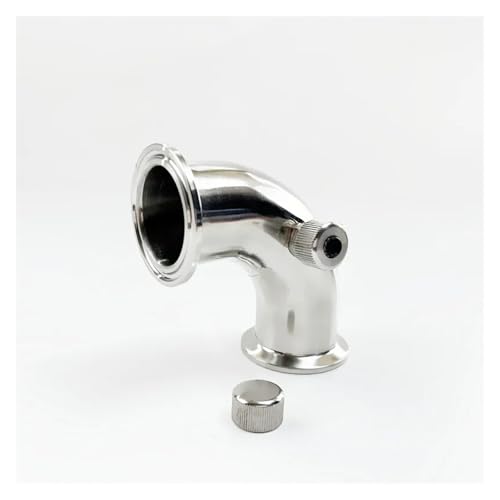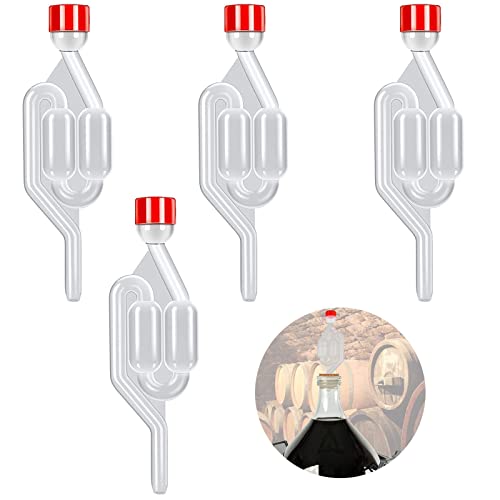Can't say about homebrew as I'm pretty new to it, but from a laboratory perspective various species of fungi and bacteria have a habit of sporulating when stressed (i.e. nutrient depleted, dehydrated, in the presence of certain compounds etc etc). Being in the nutrient depleted, alcoholic and increasingly concentrated remnants of an empty wine bottle is pretty ideal for driving fungi/bacteria to sporulate. The spores are ridiculously resistant to sterilisation compared to their non spore counterparts, so things like boiling, steaming, UV can have little effect.
In the lab I use a high pressure autoclave (like a pressure cooker), which heats things up to about 130 C and stays there for a few hours. This gets most things although you can occasionally have survivors. A quick blast in a steam steriliser probably wont knock out some spores, so try to prevent them forming in the first place (i.e. rinse and dry bottles rather than letting them fester and go mouldy).
If you ever wondered why you aren't supposed to reheat rice, it is because things like Bacillus cereus produce endospores and are found in dried rice, the endospores survive the first boiling then once cooled, start to grow in the cooked rice. The toxins produced by the bacteria are then resistant to reheating which is why fried rice and reheated rice can be dodgy.




















![BREWING THERMOMETER STICKERS ACCURATELY MONITOR FERMENTING BEER & WINE LIQUID TEMPERATURES 5PCS HOME BREW SPIRITS WINE LCD ADHESIVE [US]](https://m.media-amazon.com/images/I/311DDjo2X3L._SL500_.jpg)



















